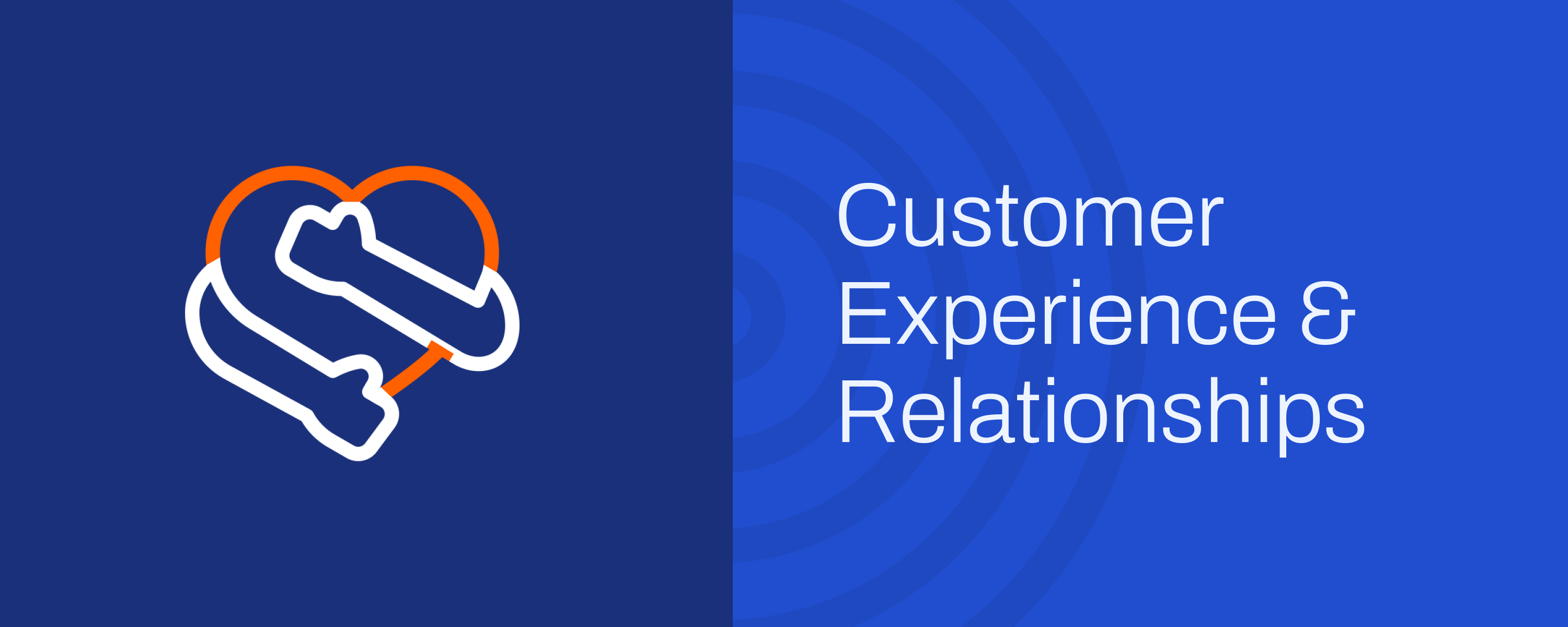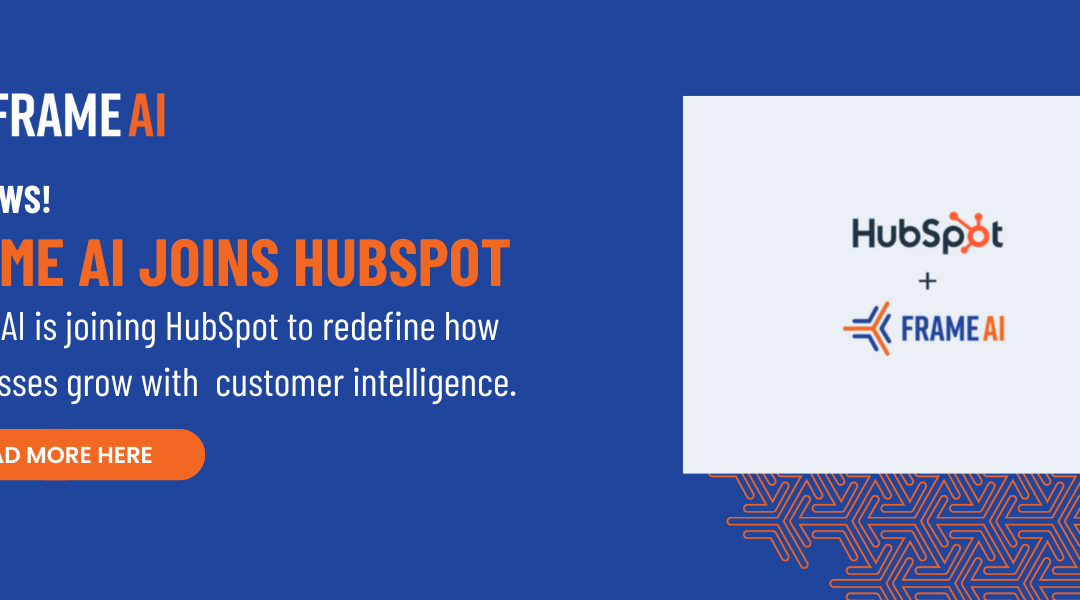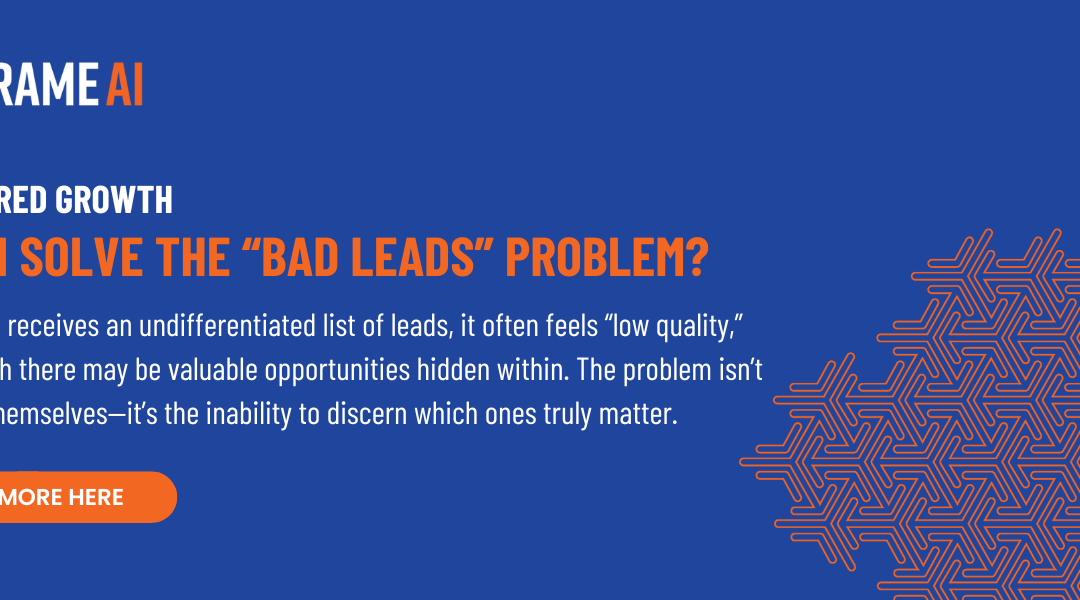Leadership continues to evolve its conception of the support function from revenue defender to strategic center, putting more pressure on support leaders than ever. Boundaries between support, CX, product and marketing are shifting and bleeding, raising the stakes and visibility of managing relationship health.
CSAT scores have traditionally been the go-to tool for relationship health assessment. These are useful for retroactive reporting, especially since customers inclined to fill out surveys have generally positive experiences to share and support teams deserve to be recognized for the quality of their work.
But executives are becoming increasingly aware that traditional survey-based measurement systems fall short as management tools. Retroactive reporting isn’t very helpful for relationship management. One study shows only 6% of leaders are confident that these measurement systems work at facilitating both strategic and tactical decision-making.
That’s why in the flurry of AI discussion, CSAT comes up a lot. Large language models are ideal for capturing insights that go undetected in surveys. Rather than relying on a self-selecting sample of respondents, AI can ingest the content of calls, chats, and emails to score for conversational intent and generate predicted CSAT scores for every account in real time.
Predicted CSAT scores allow agents to preemptively escalate and involve retention teams to reduce costs and strengthen relationships before churn becomes likely. Below, a primer on the limitations of traditional survey measurement and how AI improves CSAT’s CSAT.
The Drawbacks of Traditional CSAT for Relationship Health and Organizational Influence
Immediate and personalized signals are necessary for the kind of timely action that reduces churn. Survey-based systems suffer from significant drawbacks that impede this kind of support.
The typical survey samples a mere 7 percent of a company’s customer base, resulting in an exceedingly narrow perspective of customer experiences and preferences. Plus, the insights available from surveys are often ambiguous and fail to reveal the root causes of customer sentiment.
Scores can vary based on many outside factors, including geographical bias and industry shocks, making it difficult to perform reliable root-cause analysis using surveys alone. That makes building a business case or calculating ROI on support really hard.
As one executive in a McKinsey report put it, “The association between survey-based scores and business outcomes is not well understood, and, as a result, many parts of the organization simply claim a business impact from their CX initiatives with no real evidence.”
Not only does survey measurement leave a lot to be desired in terms of relationship management, but the ambiguity of traditional CSAT puts support leaders at a distinct disadvantage in maintaining and increasing organizational influence. Without reliable numbers, not only is relationship health difficult to manage, but making a case for budget becomes an uphill battle.
How Predicted CSAT Tracks Satisfaction Drivers and Reduces Costs
Advances in data generation, aggregation, and analysis now give companies access to an extensive range of data sets. Why rely solely on surveys when customer support data can be harnessed to predict satisfaction levels and gauge the likelihood of customer loyalty, churn, or even increased business?
Large language models read every support interaction and score satisfaction on every conversational intent, generating predicted CSAT scores in real time.
Imagine a shoe company (let’s call it Cobblers Unlimited) that sells clogs, sneakers, and wingtips. Over time, leadership finds that generic issues involving wingtip tickets often require escalation and ultimately lead to churn.
Predicted CSAT reads every support interaction for “wingtips” and involves the retention team in a preemptive escalation, reducing the cost of each ticket by 40%.
The implications go beyond individual account health. AI allows support leaders to construct a precise and quantifiable picture of the drivers behind customer satisfaction and overall business performance.
By establishing a tangible link between support and business value, predicted CSAT facilitates compelling business cases for support enhancements. Moreover, this kind of data creates a shared context for the entire organization. By allowing companies to score all of their customer data in real time according to domain-specific signals, predicted CSAT can inform everything from performance management to strategic planning.
Curious about what predicted CSAT can do for your org? Check out a demo of Frame AI here.




